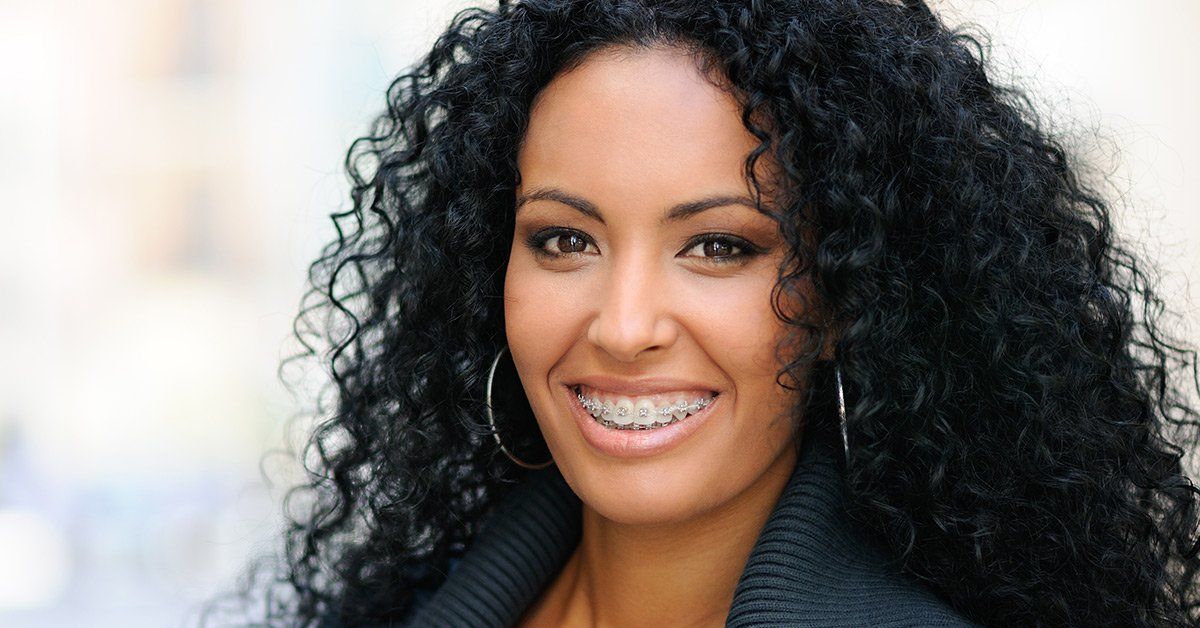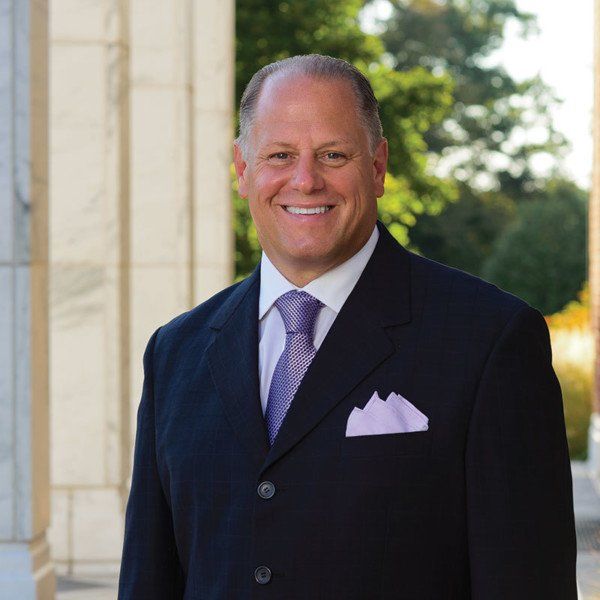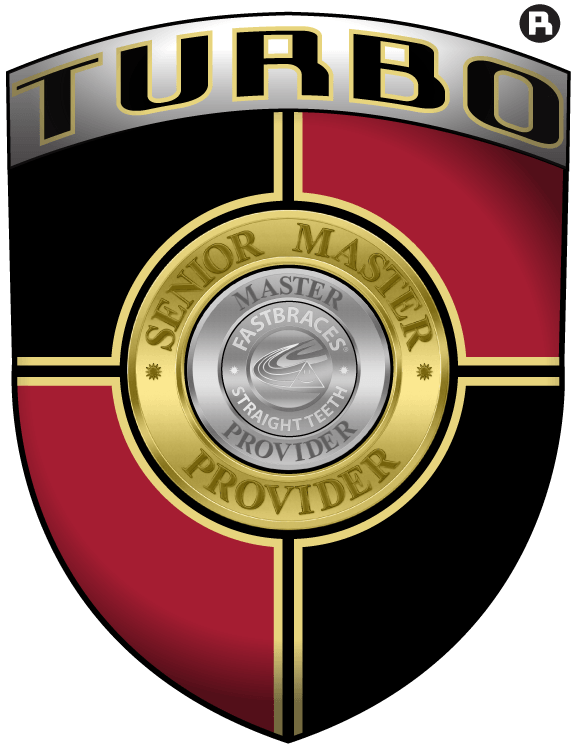Fastbraces® vs Traditional Braces: Dentist in Owings Mills, MD
What are the main differences between Fastbraces® vs traditional braces when looking for a dentist in Owings Mills, MD? Check out this guide for details.
Are you worried about the state of your smile? Visit your dentist in Owings Mills, MD. Orthodontic treatment like braces could help.
In fact, about 20% of the people who wear braces are adults.
Visiting your Owings Mills, MD dentist can help you explore your treatment options. For example, they might suggest you consider Fastbraces vs traditional braces. What exactly is the difference between these two treatment options?
Keep reading to find out! After reading this guide, you can determine if traditional braces or Fastbraces are right for you. Then, you can schedule an appointment with your dentist in Owings Mills to get started.
Read on to learn more about these orthodontic treatment options today!
Fastbraces®
First, let's look at each treatment option separately. What exactly are Fastbraces?
The basic concept between Fastbraces vs traditional braces is similar. Fastbraces are designed to shift your teeth into better alignment.
Traditional braces require:
- Wires threaded throughout the mouth
- Rubber bands on each side of the mouth
- Metal brackets
Fastbraces, on the other hand, use a more simplistic system.
Fastbraces feature a custom-made, triangular bracket. Each bracket is placed onto your teeth. Then, the bracket is attached to a square-like wire.
The wire will reach down to the root of your teeth. The wire itself makes the Fastbraces system different from traditional metal braces.
With traditional metal braces, your teeth will shift over time. The process involves two steps. First, the upper portions of the teeth move.
Then, the roots of the teeth move, which is why treatment takes so long.
Instead, consider talking to your dentist in Owings Mills, MD about Fastbraces.
Fastbraces condenses the entire process into a single step. This orthodontic treatment can move the crown and root of the tooth together. Moving the entire tooth at once can speed up your treatment time.
Benefits
Make sure to schedule a consultation appointment with your dentist in Owings Mills, MD. They'll determine if you're an ideal candidate for treatment. They can also help you review the potential benefits of Fastbraces vs traditional braces.
For example, Fastbraces can help preserve your natural bite. You won't feel discomfort during treatment. You also won't have to worry about relearning how to talk and chew as your teeth adjust.
You also won't need to have teeth extracted to begin treatment with Fastbraces.
With Fastbraces, there's only one wire. Requiring only one wire can reduce discomfort. It can also help you avoid an unappealing, bulky orthodontic system.
If you choose Fastbraces over traditional braces, you could enjoy a shorter treatment time. The duration of your treatment will vary based on your orthodontic needs. Speak with your dentist in Owings Mills, MD for a more accurate timeline.
Since the treatment timeline is shorter, you'll also require fewer office visits. You might find that Fastbraces are more affordable, too.
Choosing Fastbraces won't reduce your quality of care. You can still receive the treatment you need in a shorter amount of time.
Traditional Braces
During your consultation appointment with your dentist in Owings Mills, MD, your dentist might recommend traditional braces instead.
Traditional braces can help produce your best possible smile. Treatment might last between 18 months or three years. The timeline can vary based on your desired results and the severity of your case.
Treatment won't only straighten your teeth. It can also correct your bite, alignment, and palate spacing. It can help with any other specific issues you want to correct as well.
Scheduling a consultation appointment with your dentist will help you determine if you're an ideal candidate for either treatment.
If your case is complex, however, your dentist might decide you're not a good candidate for Fastbraces. They might decide you need more extensive treatment with braces instead.
Benefits
Traditional braces are ideal if you have more extensive orthodontic issues. They can help fix a range of problems, including:
- Crossbites
- Overbites
- Underbites
- Protruding teeth
- Overcrowding
- Misalignment
- Gaps between your teeth
If you're concerned about the appearance of your teeth, traditional braces can improve your smile.
Traditional braces are also affordable. They're made to last. They'll withstand daily chewing and brushing without problems.
Since they're durable, they'll also provide consistent care. With treatment options like Invisalign, you might neglect to put your aligners back in. You could experience delays in your treatment timeline as a result.
With traditional braces, you won't have to worry. You'll receive treatment around the clock.
Making the Choice
What's the difference between Fastbraces vs traditional braces, then?
The biggest visual difference between the two is the brackets. Remember, Fastbraces use triangular brackets. This increases the space between the brackets.
It can also increase the wire's flexibility, which allows the system to move the entire tooth at once.
Traditional braces, on the other hand, use square brackets. They move your teeth first from the crown, then from the root. As a result, the process can take longer.
If you're interested in a shorter treatment period, consider Fastbraces over traditional braces.
If you have more extensive orthodontic issues, consider traditional braces instead.
Make sure to schedule a consultation appointment with your dentist in Owings Mills, MD. They'll help you compare these two treatment options. They can also help you determine which option better suits your budget.
Traditional metal braces can cost about $5,000, depending on:
- How much work is done
- Where you live
- The type of braces used
Your dentist can help by providing a more accurate quote.
Visit Your Dentist in Owings Mills, MD for Fastbraces® vs Traditional Braces
Want to discover your stunning new smile? Talk to your dentist in Owings Mills, MD about Fastbraces vs traditional braces. A consultation appointment can help you determine which system suits your needs.
Then, you can achieve a stunning, straighter smile and boost your self-esteem!
Eager to begin your orthodontic treatment for a beautiful, straight smile? We can't wait to see you!
Request your next appointment today to get started!




